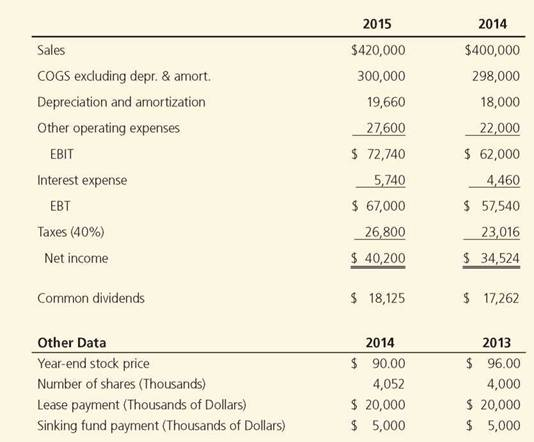
The sequential circuits are classified into two types Pulse Driven: This is a mixture of the two that responds to the triggering pulses.

Synchronous (latch mode) sequential circuit: The behavior can be defined from the knowledge of circuits that achieve synchronization by using a timing signal called the clock. Asynchronous (fundamental mode) sequential circuit: The behavior is dependent on the arrangement of the input signal that changes continuously over time, and the output can be changed at any time (clockless).Ĭlock Driven: Synchronous circuits that are synchronized to a specific clock signal. Sequential logic circuits are divided into three categories like following.Įvent-Driven: Asynchronous circuits that can change the state immediately when enabled.

The number of states may be reduced by the state reduction technique.Take as the state table or an equivalence representation, such as a state diagram.This procedure involves the following steps.Design Procedure of Sequential Logic Circuits the sequential circuits use current input variables and previous input variables which are stored and provide the data to the circuit on the next clock cycle. A sequential circuit is a combination of a combinational circuit and a storage element.

While a combinational circuit is a function of present input only. A sequential circuit is a logical circuit, where the output depends on the present value of the input signal as well as the sequence of past inputs.


 0 kommentar(er)
0 kommentar(er)
